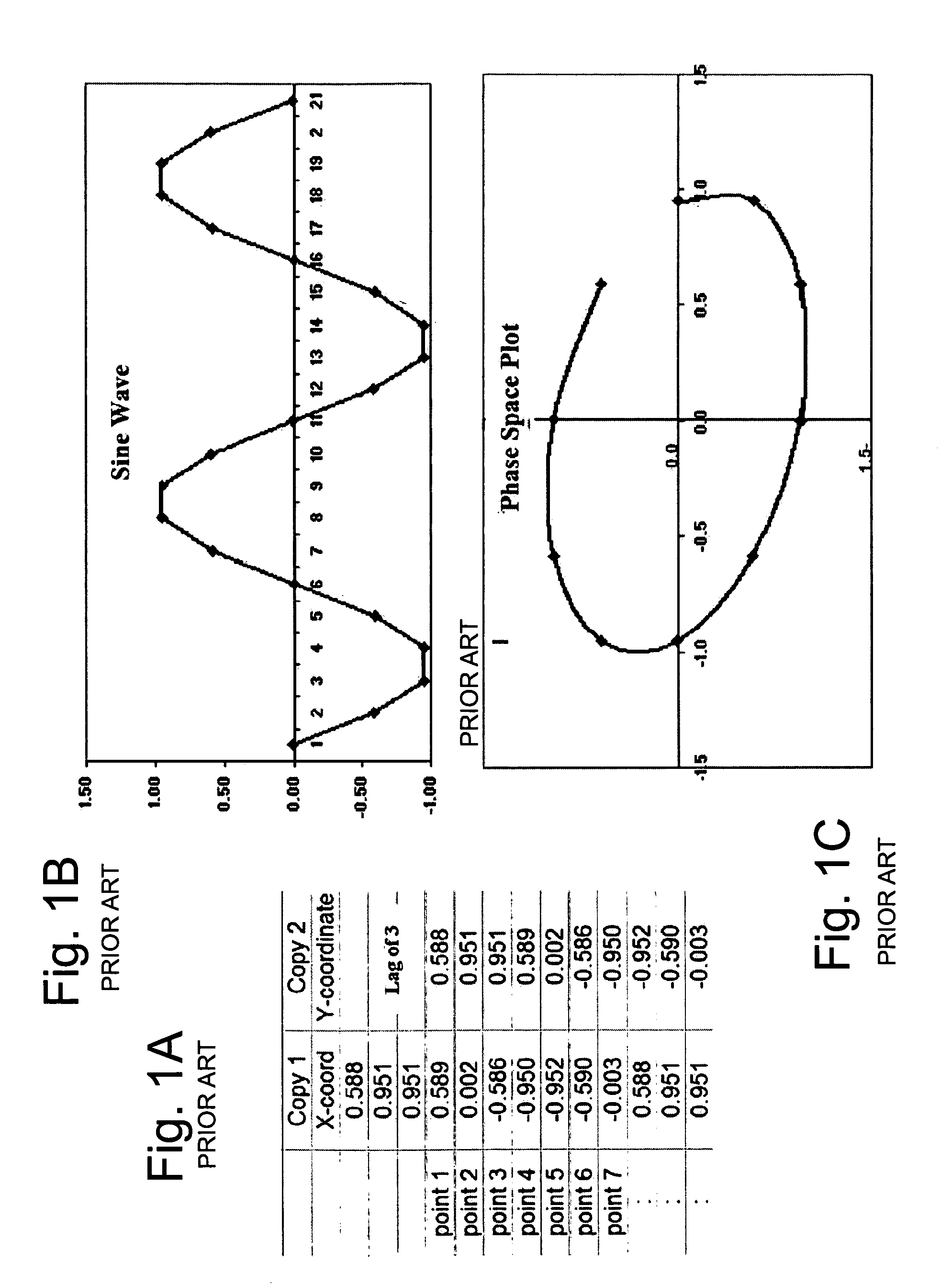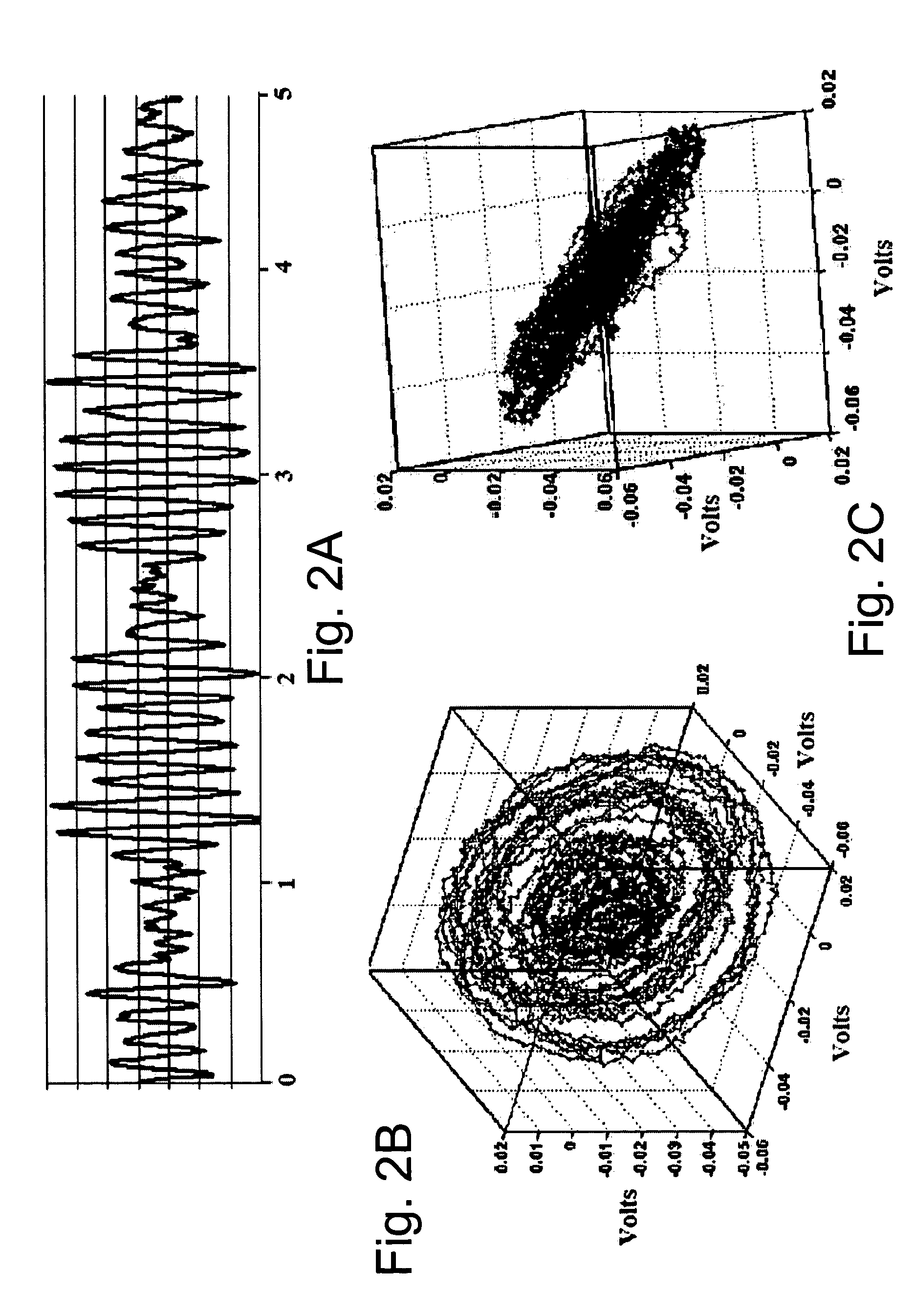Devices, systems and methods for characterization of ventricular fibrillation and for treatment of ventricular fibrillation
a technology of ventricular fibrillation and characterization method, which is applied in the field of characterization of ventricular fibrillation, can solve the problems of limited success, failure to achieve ventricular fibrillation, so as to improve the art and suppress ventricular fibrillation. , the likelihood of shock success is greater
- Summary
- Abstract
- Description
- Claims
- Application Information
AI Technical Summary
Benefits of technology
Problems solved by technology
Method used
Image
Examples
Embodiment Construction
[0042]In the studies of the present invention, the ability of angular velocity / angular area (alone and in conjunction with the scaling component) to predict or determine a state, phase or class of VF as represented or modeled by the duration of VF was determined. In a number of the studies of the present invention, a classification system including two classes of VF (that is, a first class of less than 5 minutes duration for which defibrillation is likely to be successful and a second class of greater than 5 minutes duration for which defibrillation is unlikely to be successful) is described. As set forth above, a delineation based upon a VF duration of 5 minutes has been related to the success of a defibrillation shock. Although the methods, devices and systems of the present invention are discussed herein generally in terms of a classification system including two classes, a classification system having greater than two classes or a continuous characterization is readily set forth...
PUM
 Login to View More
Login to View More Abstract
Description
Claims
Application Information
 Login to View More
Login to View More - R&D
- Intellectual Property
- Life Sciences
- Materials
- Tech Scout
- Unparalleled Data Quality
- Higher Quality Content
- 60% Fewer Hallucinations
Browse by: Latest US Patents, China's latest patents, Technical Efficacy Thesaurus, Application Domain, Technology Topic, Popular Technical Reports.
© 2025 PatSnap. All rights reserved.Legal|Privacy policy|Modern Slavery Act Transparency Statement|Sitemap|About US| Contact US: help@patsnap.com



